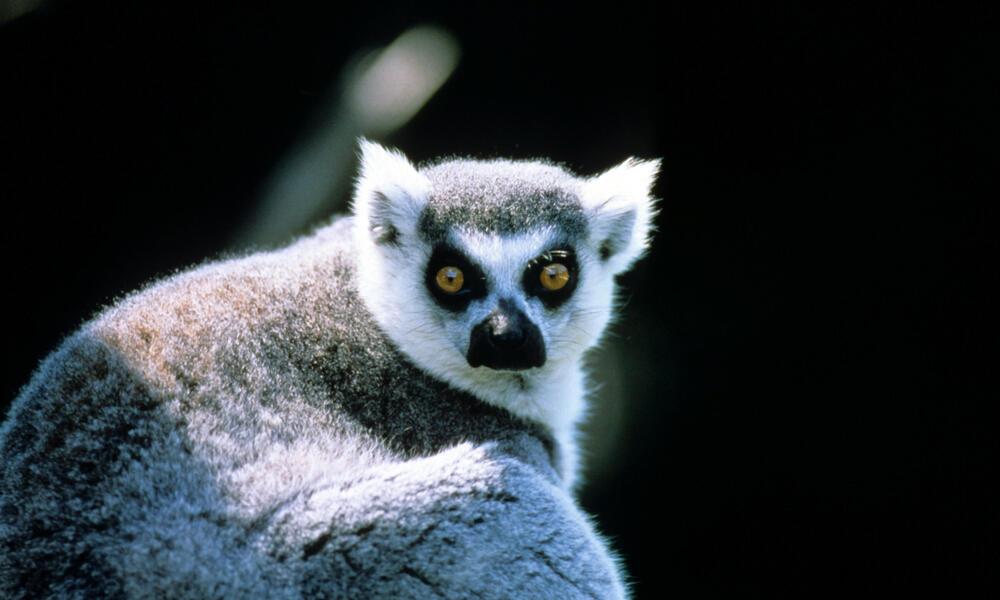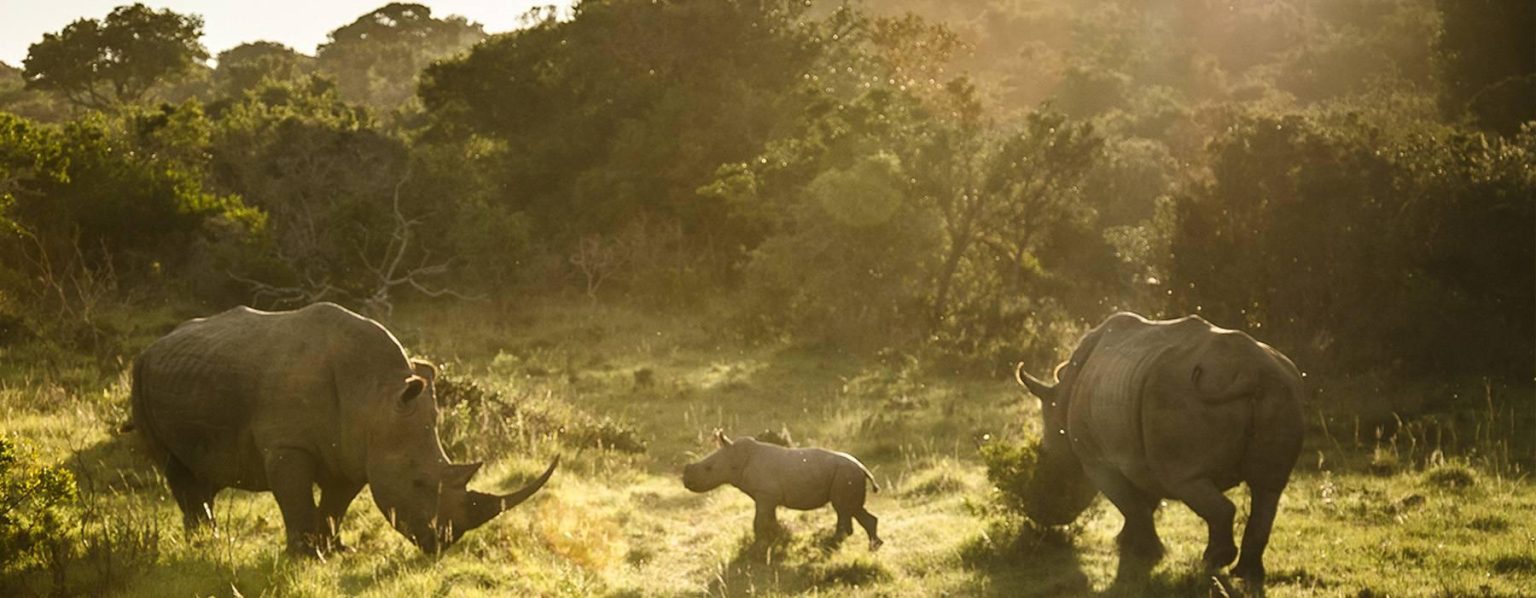In the vast tapestry of our planet’s biodiversity, each country harbors a unique assembly of wildlife, intricately woven into the fabric of its ecosystems. From the shimmering coasts of Australia, where the kangaroo hops freely across sunlit plains, to the dense jungles of the Amazon, echoing with the calls of colorful macaws, the diversity of animals native to specific regions tells a story of adaptation, evolution, and resilience. As we embark on a journey to explore these remarkable creatures, we will uncover the profound connections between wildlife and their habitats, shedding light on the roles they play within their native environments. This exploration not only highlights the beauty and uniqueness of these animals, but it also serves as a reminder of the delicate balance of nature and the importance of conservation efforts in safeguarding these irreplaceable treasures of our world. Join us as we venture into the heart of distinct ecosystems, discovering the fascinating wildlife that calls these corners of the globe home.
Table of Contents
- The Fascinating Fauna of Madagascar and Its Endemic Species
- Journey into the Amazon: Discovering Brazils Unique Animal Life
- Australias Remarkable Creatures: A Look at the Land Down Under
- Unveiling the Mysteries of Unique Wildlife in New Zealand
- Closing Remarks
The Fascinating Fauna of Madagascar and Its Endemic Species

Madagascar, an island nation off the southeastern coast of Africa, is a treasure trove of biodiversity, boasting a remarkable array of wildlife found nowhere else on our planet. The island’s isolation over millions of years has cultivated a unique ecosystem, leading to the evolution of species that capture the imagination of scientists and nature enthusiasts alike. Among these, the lemur, a primate that has become an emblem of Madagascar, showcases an extraordinary range of behaviors and adaptations. From the charismatic ring-tailed lemur to the more elusive indri, these creatures exhibit social structures and communication methods that highlight their evolutionary paths. Additionally, Madagascar is home to an astounding variety of reptiles, such as the panther chameleon and the Madagascar hissing cockroach, each exhibiting unique features and survival strategies that contribute to the island’s ecological tapestry.
Another fascinating aspect of Madagascar’s fauna is its rich assortment of birds, many of which are endemic to the region. The Madagascar fish eagle and the blue vanga are just a few examples of avian wonders that grace the skies of this vibrant island. Beyond birds, Madagascar’s diverse ecosystems host an incredible range of amphibians, such as the Malagasy poison frog, known for its vibrant colors and distinct adaptations to its environment. As wildlife enthusiasts explore Madagascar’s rainforests, deserts, and coastal areas, they will encounter an abundance of flora and fauna that not only portrays the island’s distinctiveness but also serves as a reminder of the delicate balance that sustains these endemic species. Here are a few notable endemic species found exclusively in Madagascar:
| Species | Category | Unique Feature |
|---|---|---|
| Lemur | Primate | Highly social with diverse vocalizations |
| Panther Chameleon | Reptile | Ability to change color for communication and camouflage |
| Madagascar Fish Eagle | Bird | One of the world’s rarest birds of prey |
| Malagasy Poison Frog | Amphibian | Brightly colored skin that serves as a warning |
Journey into the Amazon: Discovering Brazils Unique Animal Life

Navigating the dense canopies of the Amazon rainforest is like stepping into another world—one teeming with remarkable biodiversity. This vast ecosystem is home to an astonishing variety of species, many of which cannot be found anywhere else on the planet. Among them, the Jaguar stands out, reigning as the region’s apex predator. With its powerful build and mesmerizing coat adorned with rosettes, the jaguar symbolizes strength and beauty. Another iconic resident is the Amazon River Dolphin, known locally as the “boto.” These playful, pink-hued creatures navigate the waterways, captivating researchers and tourists alike with their intelligence and friendly disposition.
The Amazon is also the cradle of countless lesser-known yet equally fascinating species. The Poison Dart Frog boasts vibrant colors, serving as a warning against predators due to its toxic skin. Meanwhile, the Amazonian Manatee gracefully glides through the grassy waters, a gentle giant that delights those fortunate enough to catch a glimpse. Here’s a glimpse of more unique animal life thriving within this lush environment:
| Animal | Habitat | Distinct Feature |
|---|---|---|
| Jaguar | Rainforest | Powerful bite, spotted coat |
| Amazon River Dolphin | Rivers and lakes | Pink coloration |
| Poison Dart Frog | Forest floors | Brightly patterned skin |
| Amazonian Manatee | Freshwater rivers | Large, gentle herbivore |
Australias Remarkable Creatures: A Look at the Land Down Under
Australia is a treasure trove of remarkable creatures that inhabit its diverse landscapes, ranging from arid deserts to lush rainforests. Among the most iconic is the kangaroo, known for its powerful hind legs and ability to cover great distances in leaps. These marsupials are not only symbols of Australian wildlife but also play a crucial role in maintaining the ecological balance of their habitats. Other fascinating species include the platypus, an extraordinary mammal that lays eggs and possesses a duck-like bill, and the koala, a beloved tree-dweller that spends most of its life napping on eucalyptus branches, showcasing Australia’s unique evolutionary pathways.
The diversity extends beyond the more famous creatures to include a plethora of intriguing reptiles, birds, and invertebrates. For instance, the thorny devil is a lizard adorned with spiny protrusions, an adaptation that helps it evade predators while capturing rainwater for hydration. The emperor dragonfly, with its iridescent wings, dazzles observers as it flits over streams and ponds, representing the rich avian life found in Australia. Below is a brief overview of some more unique species that contribute to the continent’s captivating biodiversity:
| Animal | Notable Feature | Habitat |
|---|---|---|
| Wombat | Stubby legs and cube-shaped feces | Woodland and grassland |
| Quokka | Known as the “world’s happiest animal” | Rottnest Island |
| Dingo | Australian wild dog | Open woodland and grasslands |
| Tasmanian Devil | Famous for its loud screech and scavenging behavior | Tasmania |
Unveiling the Mysteries of Unique Wildlife in New Zealand
New Zealand is a haven for wildlife enthusiasts, boasting a rich tapestry of unique species not found anywhere else in the world. One of the most iconic creatures is the kiwi, a flightless bird renown for its long beak and nocturnal habits. This beloved national symbol has become synonymous with the country. Alongside the kiwi, the kākāpō, a large, green parrot with a unique courtship dance, showcases the diverse adaptations of New Zealand’s avian life. Additionally, the tuatara, a reptile often referred to as a “living fossil,” continues to captivate scientists due to its ancient lineage and distinct characteristics.
In the lush forests and coastal regions, you can also encounter the Hector’s dolphin, the smallest and rarest dolphin species in the world, distinguished by its rounded dorsal fin. The bizarre yet fascinating saddleback and the pūteketekete, a resilient flightless bird, contribute to New Zealand’s extraordinary biodiversity. Below is a summary of some of these fascinating species:
| Species | Notable Feature | Conservation Status |
|---|---|---|
| Kiwi | Flightless and nocturnal | Threatened |
| Kākāpō | Large, green, and parrot-like | Critically Endangered |
| Tuatara | Living fossil with ancient traits | Protected |
| Hector’s Dolphin | Smallest dolphin with unique fin | Endangered |
Closing Remarks
As we conclude our exploration of the unique wildlife native to specific countries, we are reminded of the intricate tapestry of life that exists across the globe. Each species we’ve examined not only represents a vital part of its ecosystem but also embodies the cultural heritage and natural history of its homeland. From the vibrant lemurs of Madagascar to the majestic jaguars of Brazil, these animals are more than mere representatives of their geography; they are symbols of the delicate balance between nature and conservation.
In a world increasingly impacted by climate change and habitat destruction, understanding the unique wildlife of different nations provides critical insights into the importance of preserving biodiversity. These animals do not merely exist independently; they are interconnected with the flora and fauna around them, contributing to the health of their ecosystems and, ultimately, our planet.
As stewards of the Earth, it is essential that we foster a greater appreciation for these species and the environments they inhabit. Whether through direct conservation efforts, supporting sustainable tourism, or educating ourselves and others, each step we take toward protecting these unique animals can have a resounding impact.
Thus, while our journey through the realms of exotic wildlife may come to a close for now, the adventure of discovery and the responsibility of stewardship continue. In turning our eyes and our hearts toward these remarkable creatures, we embrace not only the diversity of life on our planet but also the shared duty we hold to ensure their survival for generations to come. Let us carry this message of unity and preservation, fostering a world where all creatures can thrive, weaving their stories into the larger narrative of our shared existence.



